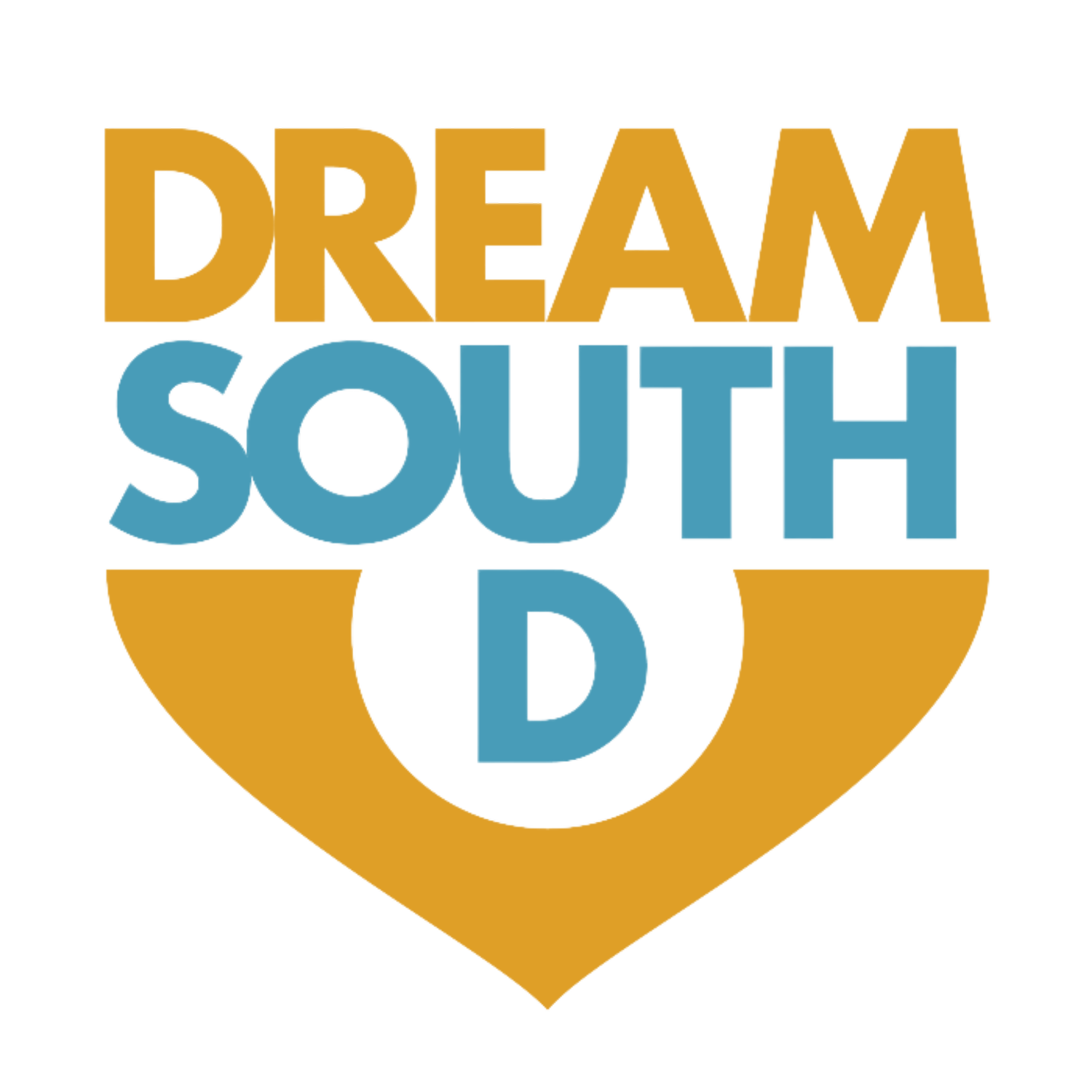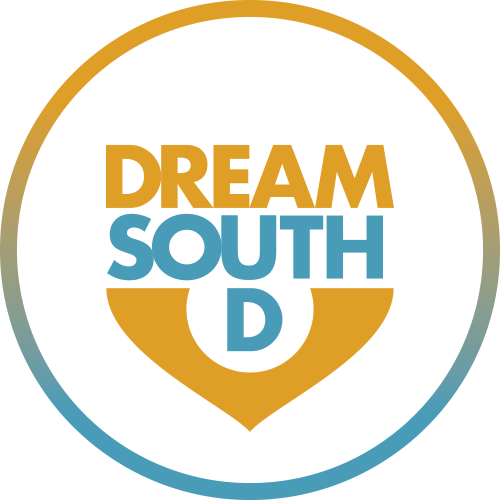South Dunedin: a profile and a bunch of statistics

This information was put together for the Dream South D steering group to inform its work. The information included is accurate to the best of our knowledge but may not represent the most up to date or complete statistics available. With thanks to Stats NZ Tatauranga Aotearoa for many of the stats included below.
The Land
How is South Dunedin defined? The suburbs included vary across sources such as electorate boundaries, district health board, census, education, DCC, named suburbs etc.
What is the definition of South Dunedin for the purposes of Dream South D? Our definition is ‘the Flat’, and also includes anyone who feels connected to South Dunedin - that might be through living here, or through work, play, school, church or visiting friends and whānau.
So South Dunedin encompasses suburbs on ‘the Flat’ and lower hills, not just the shopping area of the same name! Interesting facts about this part of the world:
the 2018 population across included suburbs was 17193
Dunedin’s main beach areas stretch from St Clair to Lawyer’s Head, covering approx. 4km of uninterrupted coastline
South Dunedin is the largest area of flat land in the greater Dunedin City area (excluding Mosgiel)
flat land provides accessibility for the elderly and those with disabilities
the land here is widely used for industry (such as Hillside Workshops), and commercial activity (such as large-scale hardware/building supplies, supermarkets etc.)
abundance of flat areas means there are a number of sports fields and other facilities such as playgrounds
land area was historically a tidal wetland, the area was drained and filled throughout the late 1800s
the coast is vulnerable to erosion from the usual impacts of sea and tidal movement
areas of coastline are home to wildlife such as sea lions, fur seals, penguins
an active fault line (Akatore) sits to the south of Dunedin, with the most recent significant earthquake in 1974.
The People
-

Age
South Dunedin is a very popular area for young families and for our elderly, often because it’s easy to get around, close to vital amenities and comparatively affordable. The 2018 Census shows:
0 - 17 years: South Dunedin has higher numbers of people in this age bracket compared to Dunedin City overall, but fewer compared to all of Aotearoa New Zealand. These are the baby, preschool, primary school and secondary school ages
18 - 59 years: South Dunedin has fewer numbers of workforce aged people than both Dunedin City overall and than Aotearoa New Zealand
60 - 85+ years: South Dunedin has higher numbers of people in this age bracket than both Dunedin City overall and Aotearoa New Zealand. These are the retirees, seniors and elderly age brackets.
-

Ethnicity
South Dunedin is very lucky to be one of the more ethnically diverse areas of Ōtepoti Dunedin. From the 2018 Census, our population is made up:
Pākehā/European: South Dunedin 78.4%, compared with 86.6% for Dunedin City and 71.7% for Aotearoa New Zealand
Māori: South Dunedin 12.9%, compared with 9.3% for Dunedin City and 16.5% for Aotearoa New Zealand
Pacific: South Dunedin 6.7%, compared with 3.2% for Dunedin City and 8.1% for Aotearoa New Zealand
Asian: South Dunedin 9.1%, compared with 7.8% for Dunedin City and 15.1% for Aotearoa New Zealand
Other ethnicities: South Dunedin 2.4%, compared with 2.9% for Dunedin City and 1.2% for Aotearoa New Zealand
These numbers equal more than 100%, as people are now able to select all the ethnicities of which they are a part.

A few more interesting facts about South Dunedin:
the people of South Dunedin makes up abut 12 % of the total Ōtepoti Dunedin population
there are over 30 education providers based in South Dunedin including public and private schools, special education, early childhood education, and faith-based schools
70% of total DCC community housing is within South Dunedin (this doesn’t include Kāinga Ora housing)
many people travel into South Dunedin every day for school and work, but also for leisure, such as shopping and outdoor activites like visiting the beaches or the Dinosaur Park
home ownership in South Dunedin is at 52.4%, slightly less than Dunedin City overall at 61.7%, while home rental in South Dunedin is higher than Dunedin City overall, at 30.6% versus 24.9%.

